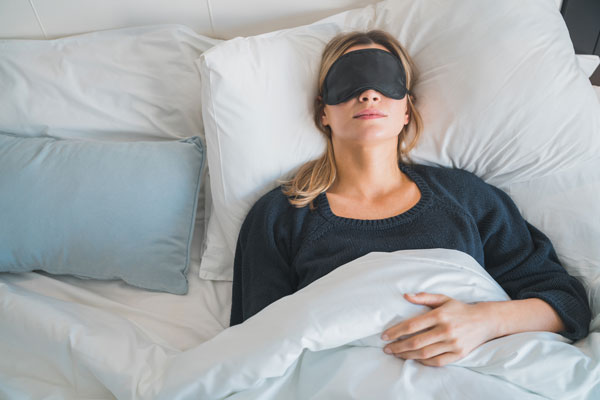Infrared radiation has been used in healthcare settings since the mid 20th century and remains a fundamental part of heat therapy treatments to this day.
Despite the word radiation having negative connotations for some, infrared based treatments are widely considered as some of the safest heat therapy options and it is no coincidence that hospitals use these waves to treat those at all stages of life, including newborn babies.
The reason that infrared heat is so effective is that it penetrates deeper into the flesh than other heat types, allowing for deep muscle relief and injury recovery.
What is infrared radiation?

Infrared radiation is a form of pure energy constructed of electrical and magnetic waves. Infrared wavs are outside of the visible light spectrum meaning that special cameras or technologies are required to view and detect them.
Infrared radiation is used for a wide variety of different purposes within society, from helping the police to track down suspects at night to spotting celestial bodies in far away galaxies in space.
You probably use infrared based technology on a daily basis without even realising it. Your television remote, for example, uses infrared light to send signals to the TV whilst many portable heaters now use infrared panels to supply heat.
Pros of Infrared Radiation
Can benefit your health
Infrared radiation can be applied to the human body to assist with injury healing, reduce inflammation, and lower blood pressure.
It is applied in a variety of different forms by doctors, nurses, and physios across the world and benefits the lives of millions each and every year. Many people are now taking advantage of the relaxation and recovery applications of infrared in their own lives through the installation of infrared saunas. Infrared saunas benefits are extensive and wide ranging and are a fantastic choice for those looking to chill out and refresh their body and mind after a long day.
Helps to heat the planet
We all hear about how our planet is overheating, but did you know that it is only inhabitable because we get the perfect amount of heat from the sun to survive. Infrared heat differs from other types of heat in that it directly heats the surface that it hits, rather than the air around it. This is due to the longer wavelength of the light being able to penetrate dense surfaces more effectively.
Makes for a highly effective heating source
If you are looking for a cost-effective heating source that will keep you warm during the winter months without wasting energy heating the entire room around you, an infrared heater is the perfect choice.
As we mentioned, infrared heaters direct their penetrating heat directly into the body of the subject nearby which will help the body to warm and create better blood circulation. For those who suffer from arthritis or other stiff joint conditions, infrared heat is often recommended by medical experts, and many report that it is the only form of heat that truly reaches the target area and makes any noticeable difference.
Another reason that infrared heaters are so popular is that the unique nature of infrared heating keeps dust circulation to an absolute minimum, meaning that suffers of asthma and other respiratory conditions are not aggravated.
Can be used to heat entire properties
Infrared heating panels are becoming more and more popular as a method of heating domestic and commercial properties. Unlike other heating types, these panels provide instant heat, and at a much lover cost than traditional convection heating. There are also much less likely to be cold spots towards the roof and floor and as the objects in the room will absorb the heat the room will cool at a slower rate once the panels are turned off.
Cons of Infrared Heating

Climate change
Infrared radiation has been identified as one of the potential causes of the Greenhouse effect that is causing the atmospheric temperature to increase at a worrying rate.
Lasers
Whilst lasers have a number of extremely important uses and scientific applications, they can also be harmful when used incorrectly. Laser light is made up of a variety of different types of electromagnetic radiation, of which infrared radiation is a big part which can damage objects and people if directed in a focussed enough manner. Unfortunately, there are currently lasers that can be purchased by anyone who wishes to buy own that can burn through skin and do extensive damage to your eyes. We hear horror stories about these devices a bit too frequently.
Destroys skin cells
Extreme exposure to infrared light can cause your skin cells to become damaged beyond repair, and burns are not out of the question. Luckily, infrared saunas and the infrared devices used in healthcare have been carefully designed so this is not a concern.



